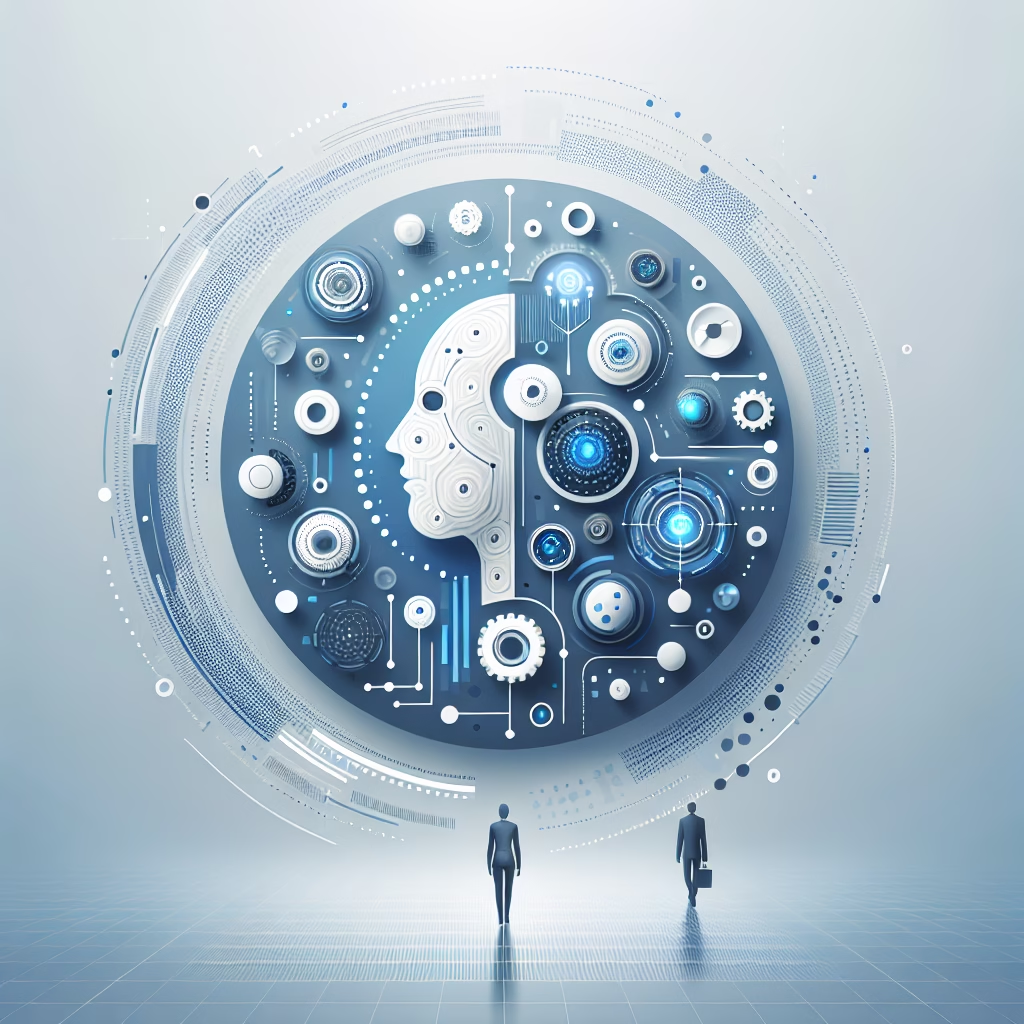OpenAI Launches ChatGPT for Education: New Features and Impact
As the education sector increasingly embraces technological innovations, OpenAI has made a significant leap by launching ChatGPT for Education. This move promises to reshape how students learn and how educators teach, making it a timely topic for educational leaders and policymakers.
Key Takeaways
- ChatGPT fosters personalized learning experiences, enhancing student engagement.
- The integration of AI in classrooms signifies a shift in modern teaching methods.
- OpenAI emphasizes the importance of responsible AI usage to mitigate potential challenges.
Table of Contents
- Introduction
- Executive Summary
- What’s Happening
- Why This Matters
- Real-World Use Cases
- Opportunities and Risks
- Recommended Actions
- Frequently Asked Questions
- Cited Sources
Introduction
In an era defined by rapid technological advancement, the role of AI in education has never been more critical. OpenAI’s introduction of ChatGPT for Education stands out as an innovative tool that not only enhances learning experiences but also equips educators with new methodologies to engage students effectively.
Executive Summary
OpenAI’s recent blog post highlights the myriad benefits of utilizing ChatGPT in educational settings. By focusing on personalized learning and real-time assistance, ChatGPT aids students in understanding complex subjects while providing educators with innovative teaching resources. This launch reflects a broader trend in 2025 towards digital tools that not only supplement traditional education but also promote engagement and better learning outcomes. Recent reports indicate a wave of interest in AI-driven education, with noticeable enthusiasm among institutions to explore these transformations.
What’s Happening
The rollout of ChatGPT for Education introduces several features designed to improve interactions between students and educational content. ChatGPT can assist with answering questions, providing detailed explanations, and generating tailored materials based on individual student needs. This integration represents an important evolution in teaching strategies, making it a valuable resource for both students and teachers in diverse learning environments.
Why This Matters
The significance of integrating ChatGPT into educational frameworks is multifaceted:
- Enhanced Engagement: The AI’s ability to deliver personalized content fosters a more engaging learning environment.
- Strategic Adoption: As schools seek to incorporate technology in meaningful ways, AI presents opportunities for improving educational techniques and outcomes.
- Addressing Challenges: While the potential is substantial, educational leaders must remain aware of risks, such as data privacy concerns and the importance of maintaining human oversight in AI interactions.
Real-World Use Cases
As educational institutions pilot ChatGPT, numerous applications are emerging:
- Personalized Tutoring: Educators are leveraging the AI to provide customized support for students who may struggle with specific topics, enabling focused learning paths.
- Administrative Support: Schools use AI to generate reports and help streamline administrative tasks, allowing educators to dedicate more time to teaching.
- Collaborative Learning: Classrooms are utilizing ChatGPT to foster discussions and collaborative projects, encouraging students to explore subjects together.
Opportunities and Risks
With the rollout of ChatGPT for Education comes both potential rewards and challenges:
- Opportunities: The tool can bridge learning gaps, increase productivity in teaching, and foster innovative educational paradigms.
- Risks: Leaders must navigate potential misuses of AI, including misinformation and over-reliance on technology for foundational skills.
Recommended Actions
- Explore Pilot Programs: Institutions should consider implementing pilot projects to gauge the effectiveness of ChatGPT in real classroom scenarios, while collecting user feedback for refinement.
- Focus on Educator Training: Training programs should prepare teachers to use AI tools thoughtfully, emphasizing ethical usage and integration into lesson plans.
- Engage with Stakeholders: Continuous dialogue with students, parents, and educators is essential to address concerns and enhance transparency in AI adoption.
Frequently Asked Questions
- Q1: Why is this trend important right now?
A: The integration of AI in education is crucial as it addresses contemporary student needs and prepares them for a tech-driven world. - Q2: What’s the impact on businesses or teams?
A: Educational institutions can enhance operational efficiency and improve student outcomes through the use of AI tools. - Q3: Who are the leading platforms, tools, or companies involved?
A: OpenAI leads the charge with ChatGPT, alongside various other tech firms innovating in educational technology.
Cited Sources
- ChatGPT for Education – OpenAI Blog
- OpenAI ChatGPT Education Update – TechCrunch
- OpenAI ChatGPT Education Launch – VentureBeat










